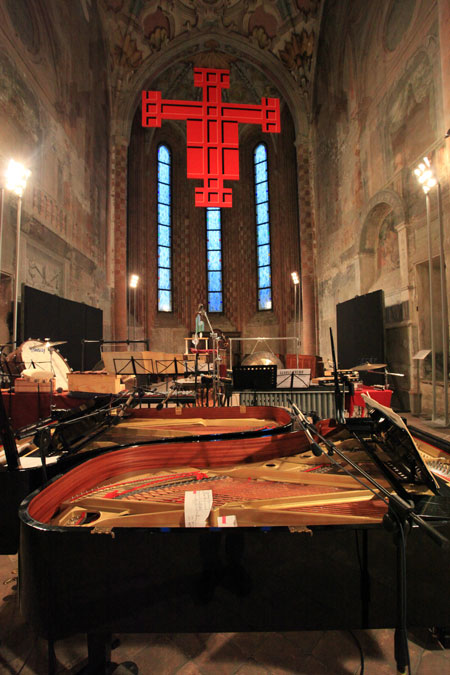Thinking about images: an Art History major’s thoughts on archival processing
Guest post by Emily Smith, Spring 2017 Archival Assistant
My name is Emily Smith, I am a graduating senior with a double major in Art History and Religious Studies. I have been working in the Archives as an Archival Assistant over the past semester.

Stage prepped before a performance in San Domenico Church, Alba in 2010. San Domenico Church was the unique location of many performances throughout the duration of the Alba Music Festival.
One project that I worked on this semester while a student archival assistant at the St. Mary’s college of Maryland archives was the sorting of digital photographs of the Alba Music Festival from 2005-2011. Working with images is part of my background as both an Art History major and the Supervisor of the Fine Art Collections at SMCM. However, this project was different than my experience working at the art gallery. The purpose of image analysis in Art History is often to identify its aesthetic and contextual qualities, and engage with the intent of the artist and the experience of the viewer in turn. This project required that I treat the photographs as documents and information, and think critically about its place within the Archives. The first question I was trained to ask was similar to what we think about in Art History, which was ‘what information is the photograph telling me?’ The second question was slightly different, and a new technique for me when thinking about images. It was ‘how is that information relevant to the college and the Archives?
The first step of the project was to look at each individual image, and decide which photographs should be added to the archive’s permanent digital collection and which ones to separate, or remove from the collection, because their content was redundant. In this digital age, sometimes people transfer an entire SD card from a digital camera without any editing process, and archives are left with dozens of images which, from an archival perspective, are superfluous. The field of Archival Science provides impartial guidelines for thinking archival appraisal and issues such as uniqueness, and compels us to always ask ourselves what the archive is trying to document with a collection. The images could be deleted due to redundancy, irrelevance, or poor image quality.
When faced with multiple images of a subject deemed relevant to the Archives, it was easy to utilize some of the skills I learned as an Art History student, such as visual literacy, or being able to understand visual symbols, cues, and motifs. At this point, I could have a little bit of fun and choose from the redundant images based on their visual clarity or level of visual interest they could offer to a future researcher. Following the initial sort of the images, I accessioned each remaining image and provided it with a title and a caption, and picked subject headings from both the Library of Congress Subject Heading authority, as well as the pre-determined terms from local vocabularies. This was done in order to help people navigate future research or other uses of this image collection. It was interesting to engage with these digital images and parse out their most important details while thinking about what information within the image would be useful to someone looking back through this image collection at a later time. I had to think both about what information stands out to me now, and then hypothesize what information would be relevant to researchers in the future. In total, the Alba image sort was a useful experience in thinking about photographs and digital images from different perspectives, and engaging with them in dynamic new ways.
